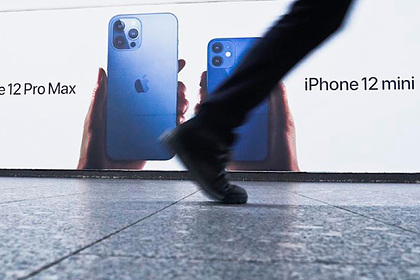
Apple has cut production of all smartphones in the first half of the year. Reported by the Nikkei agency.
Sources familiar with the situation said that the company has decided to cut production of all iPhones by about 20 percent, compared with plans for December 2020. Moreover, the cheapest smartphone of the current series will suffer the most from the reduction. Insiders believe that Apple is disappointed with the iPhone 12 mini – in particular, some partners have been asked to completely suspend the production of parts for the phone.
According to the most positive analyst estimates, Apple will cut its planned production by more than 70 percent in the six months to June. That being said, the company still intends to release 230 million smartphones by the end of the year, which is 11 percent more than in 2020. “This year has been good so far, but demand in the first half was not as high as it was thought at the end of last year,” a source close to the supply chain told the agency.
Sources said the adjustments to the company's plans reflect sentiment in a component-shortage market. According to other insiders, the IT giant is not going to develop production of the iPhone 12 mini and is shifting components intended for the most affordable device to the release of the iPhone 12 Pro and 12 Pro Max. The demand for the latest models remains consistently high.
Experts also said the iPhone 12 mini has clear positioning issues. According to them, consumers are more likely to prefer the iPhone 11 with a larger screen – although the device has not received 5G support, users do not yet believe in the fifth generation communication standard. Also, potential buyers of the 12 mini are disappointed with the small battery of the device, which makes it inconvenient to use the phone at 5G speeds.
According to analysts, at the end of 2020, 10 to 15 percent of Apple's orders were for the iPhone 12 mini.
In early February, JP Morgan analysts revealed that Apple could discontinue production of its smallest smartphone. Experts point out low demand for the device and predict the end of sales.

